Pennsylvania - Philadelphia - Center City
Center City, Philadelphia
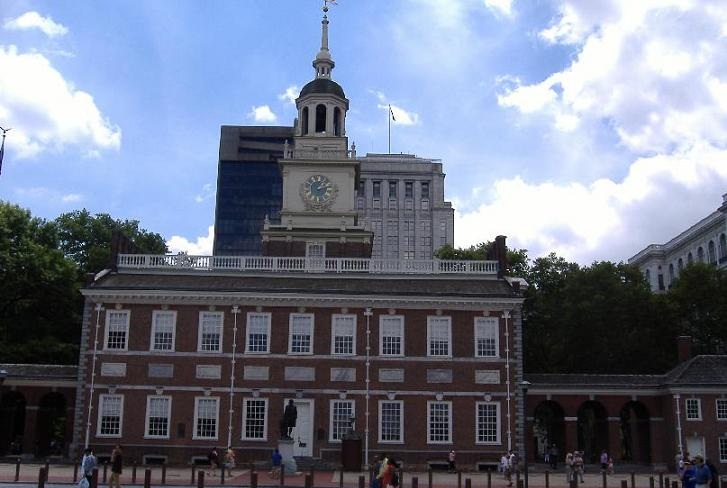


Independence Hall, Philadelphia Bourse, Liberty Bell.

Looking north at City Hall. Broad Street makes a neat little square to get around it at Market Street. This is the center of the city grid.
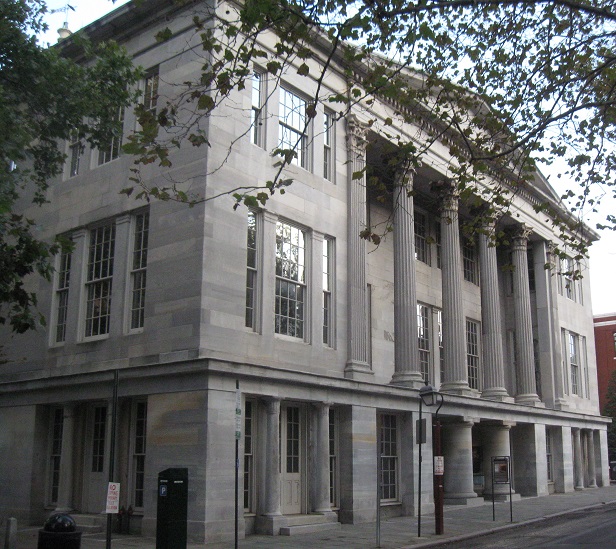
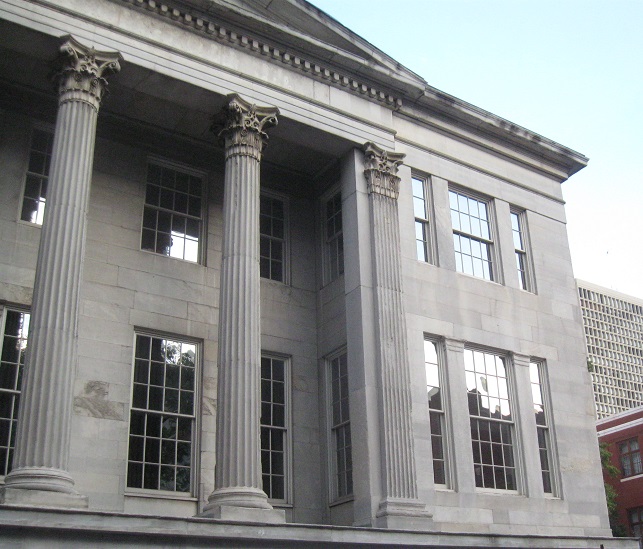

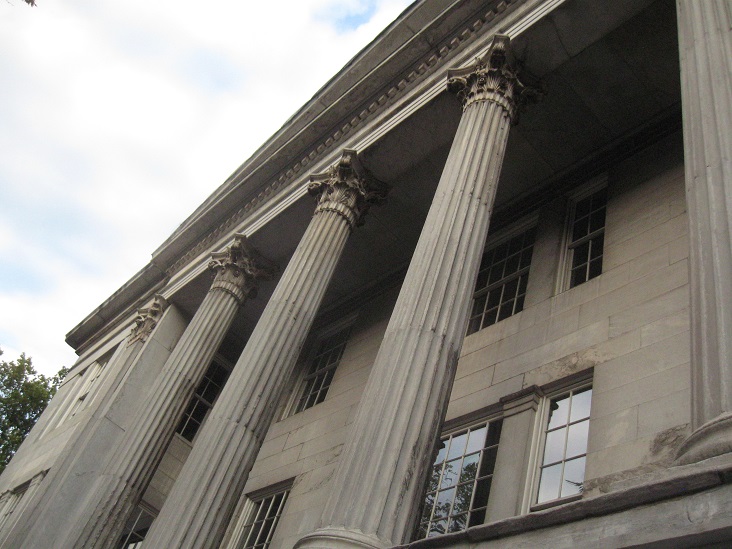

The Merchants' Exchange Building was built in 1834 and served as a stock exchange for over 40 years before the current Philadelphia Stock Exchange overtook it. This is the 3rd Street face, actually less interesting than what you can see from the plaza in the back along Walnut Street (but I didn't realize that in 2012).


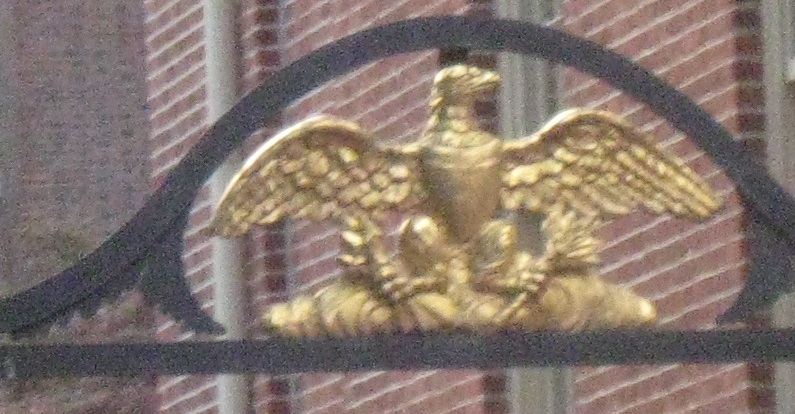


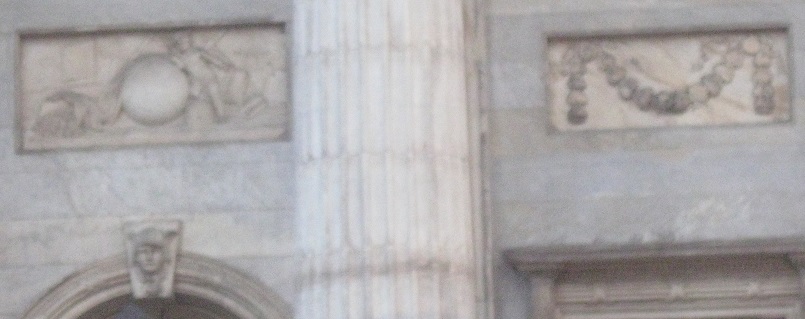
Just to the north, I come to the First Bank of the United States. The structure dates to MDCCXCV, but the bank's charter was from 1791-1811. It was created to repay Revolutionary War debt by providing a place for government to invest money. Like the current Federal Reserve, it was empowered to print money as well. The first bank was killed in 1811 by Congress, while its successor (for the War of 1812) was killed by Andrew Jackson over Congress' desire to keep it alive. It took almost 80 years before the Federal Reserve was established as a way to stabilize the economy.

This house dates to the time of horses and interior stables. Pretty posh.


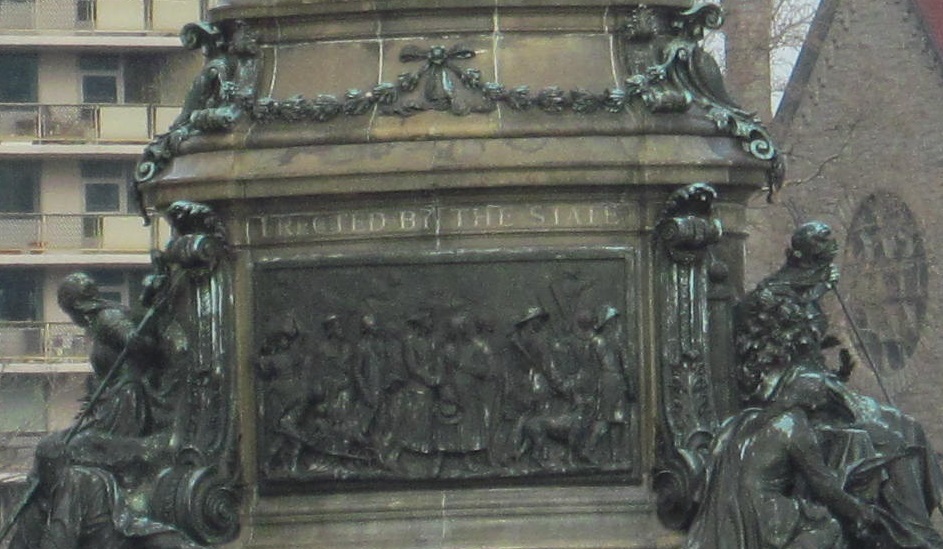
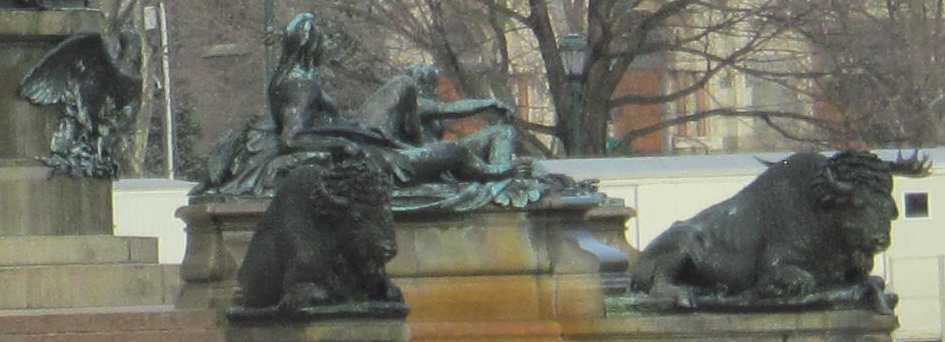

The Washington Fountain is the centerpiece of the Eakins Oval (or The Oval), just on the Center City side of the Philadelphia Museum of Art (featured on my "outside Center City" page). It was completed in 1897 by Rudolf Siemering and moved here in 1928. It features Washington's head on a Prussian body, on a horse, atop native animals and Native Americans. Very symbolic all around. The last photo is the fountain to Washington's left, a relatively nondescript offering to Eli Kirk Price II upon his death in 1933. Price was a notable Philadelphian in the early 20th century, commissioner of Fairmount Park, planner of Benjamin Franklin Parkway, president of the Philadelphia Museum of Art, and grandson of the original Eli Kirk Price who was a Whig State Senator and founding commissioner of Fairmount Park.


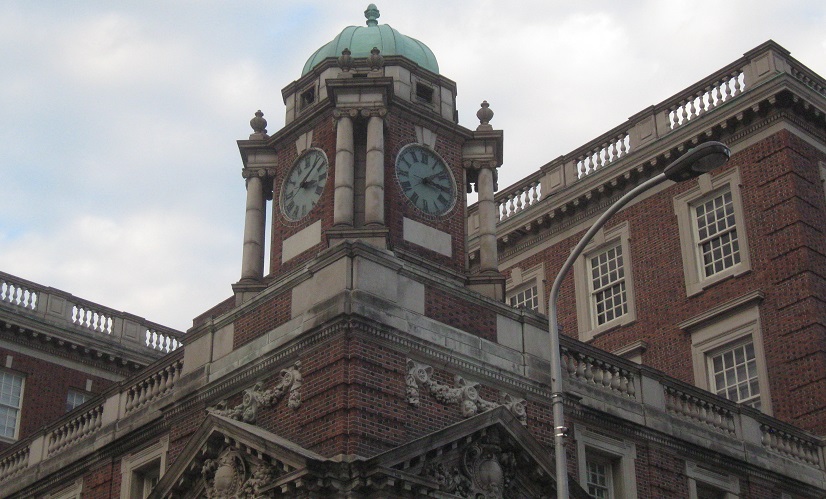
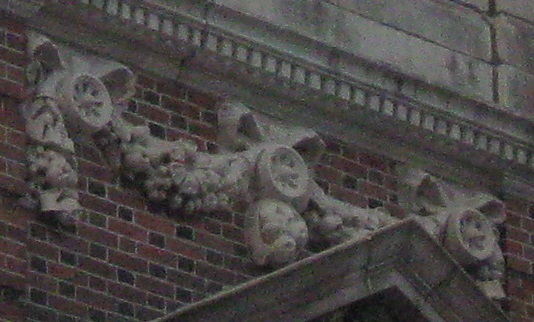
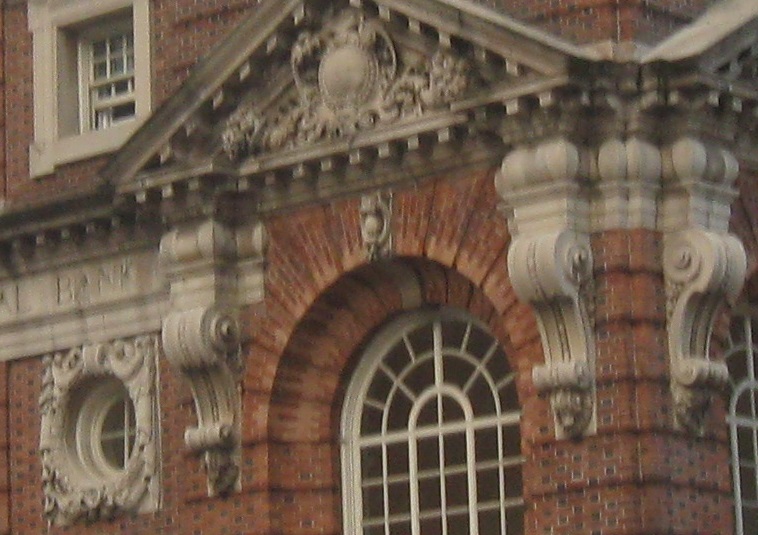
The 1903 Corn Exchange National Bank building is on the northwest corner of Chestnut Street and 2nd Street. Now you know corn has been that important.


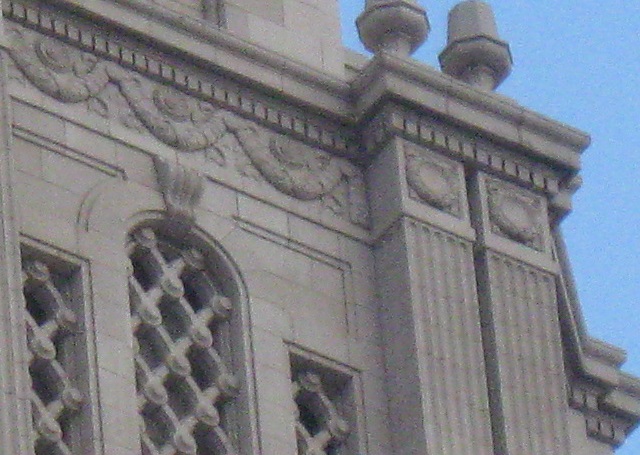
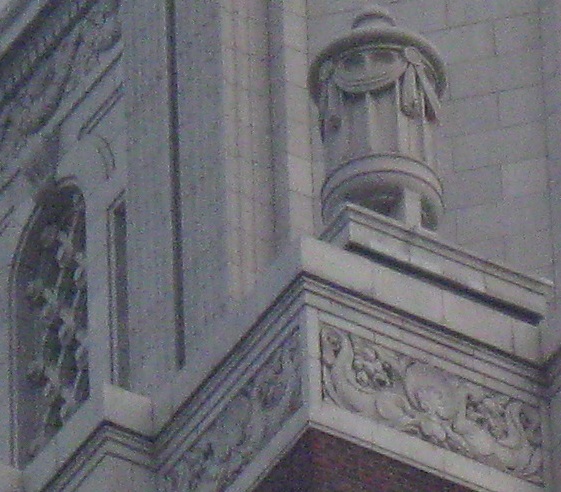


The U.S. Customs House is on the southwest corner across from the Corn Exchange Bank. It's almost 300 feet tall (outdoing the 1754 Christ Church steeple, good job) and dates to 1934 in the height of Art Deco. It still functions as a Federal building for Customs and other agencies.
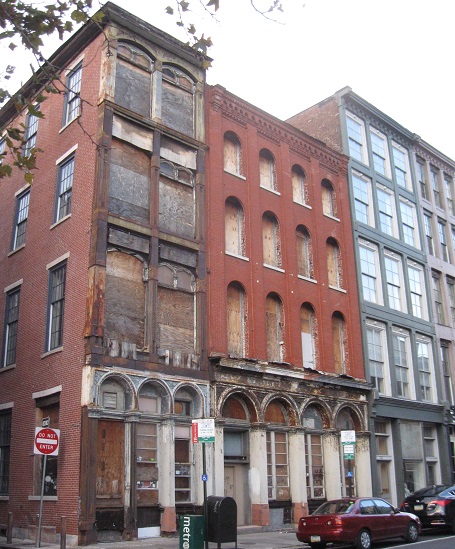
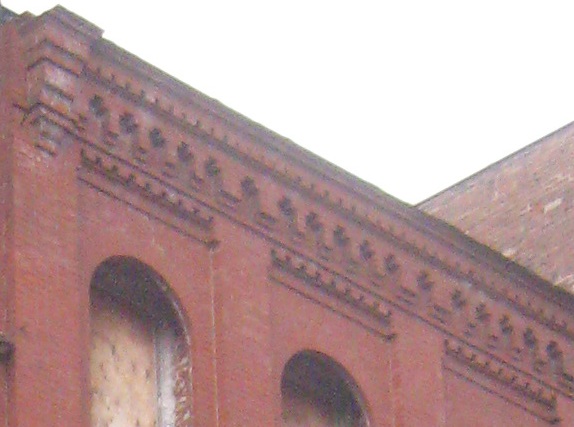
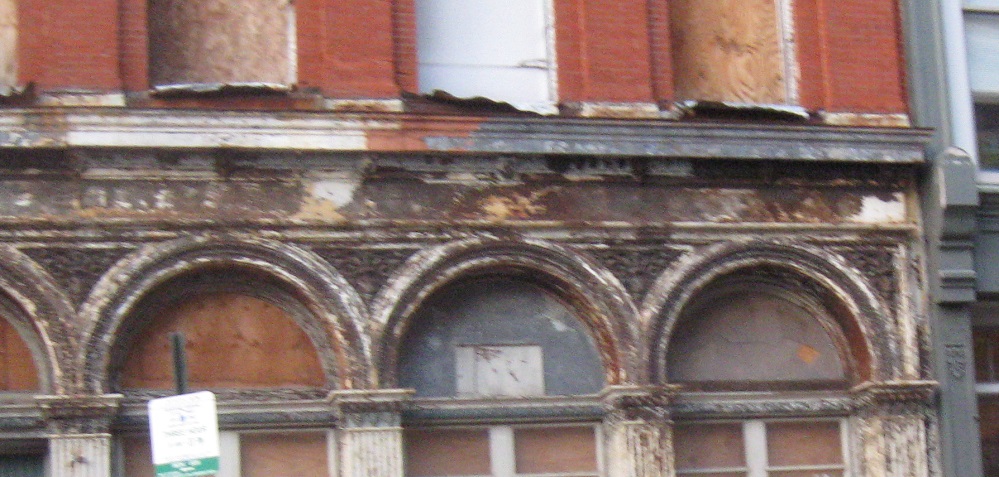
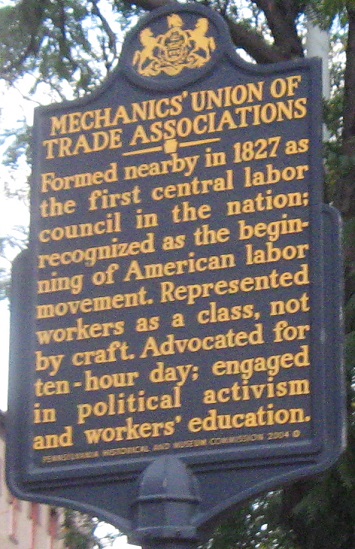
Surprisingly, just across the street at Bank Street, Chestnut Street is this run down, at least for a couple of buildings. Even if this was from a fire, you'd think the owners would have rebuilt within no more than months, but that has yet to happen. Let me cheer you up with a little history across the street.

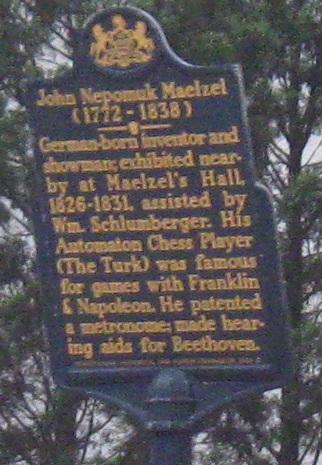 Some more history.
Some more history.
Head outside Center City
Back to Philadelphia main page
Back to Pennsylvania Non-Roads
Back to Non-Roads main page




































 Some more history.
Some more history.